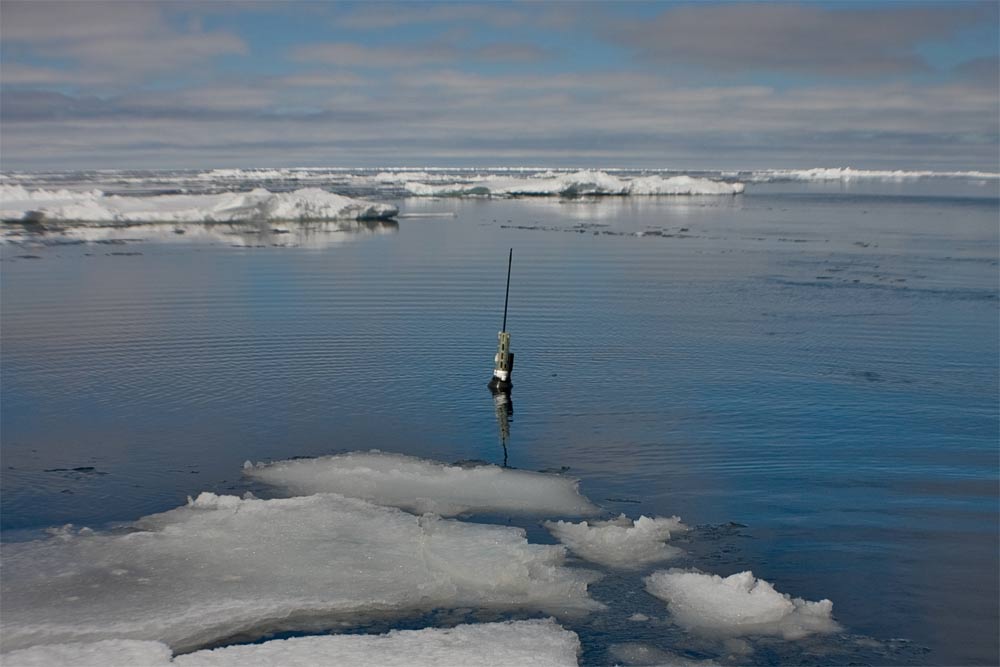
As Ocean Warms, the Impacts Multiply (Op-Ed)

Rod Fujita, oceans director of research and development for the Environmental Defense Fund, contributed this article to LiveScience's Expert Voices: Op-Ed & Insights.
Much attention has been focused on the effects of climate change on forests, farms, freshwater sources and the economy. But what about the ocean? Even with its vast capacity to absorb heat and carbon dioxide, the physical impacts of climate change on the ocean are now clear — and dramatic.
As early as 1990, coral reef expert Tom Goreau and I pointed out that mass coral-bleaching events that scientists observed during the 1980s were probably due to anomalously warm temperatures related to climate change. Mass coral bleaching results in the starvation, shrinkage and death of the corals that support the thousands of species that live on coral reefs. In addition, many fish species have moved toward the planet's poles in response to ocean warming, disrupting fisheries around the world.
Rising sea levels, partly the result of heat absorbed by the ocean, is also "drowning" wetlands. Wetlands normally grow fast enough vertically to keep up with sea level rise, but recently the sea has been rising too fast for wetlands to keep their blades above water. Coral reefs and sea grass meadows are also in danger of drowning since they can only photosynthesize in relatively shallow water. (Their depth limits are greater when the water is extremely clear, but deforestation, farming, construction and other activities adjacent to coral reefs are all reducing water clarity and thus exacerbating the risk of drowning.)
According to the IPCC Fifth Assessment scientific report, "temperatures in the shallowest waters rose by more than 0.1 degree Celsius (0.18 degree Fahrenheit) a decade for the 40 years through 2010 . . . Average sea levels have increased worldwide by about 19 centimeters (7.5 inches) since 1901."
The ocean has absorbed about 30 percent of all carbon dioxide we humans have sent into the atmosphere since the start of the Industrial Revolution — some 150 billion tons. However, this great service, which has substantially slowed global warming, has been accomplished at great cost. According to research published recently by Victoria Fabry of California State University San Marcos and her colleagues, the trend in ocean acidification is about 30 times greater than natural variation, and average surface ocean pH (the standard measure of acidity) has dropped by 0.1 unit (a highly significant increase in acidity).
This is damaging many ocean species that use calcium carbonate to form their skeletons and shells. Fabry and her colleagues show that calcium carbonate formation is disrupted if water becomes too acidic. Ocean acidification also appears to be affecting whole ecosystems, such as coral reefs, which depend on the formation of calcium carbonate to build reef structures, which in turn provides homes for reef organisms.
Get the world’s most fascinating discoveries delivered straight to your inbox.
Finally, acidification also appears to be reducing the amount of sulfur flowing out of the ocean into the atmosphere. This reduces reflection of solar radiation back into space, resulting in even more warming. This is the kind of positive feedback loop that could result in runaway climate change — and of course, even more disastrous effects on the ocean.
For decades, the ocean has been absorbing carbon dioxide dumped into the atmosphere by burning fossil fuels. It has also absorbed a lot of the extra heat produced by elevated atmospheric carbon dioxide levels. But even the ocean has limits, and society is bumping up against them, with damaging consequences for the whole world.
The views expressed are those of the author and do not necessarily reflect the views of the publisher. This version of the article was originally published on LiveScience.

